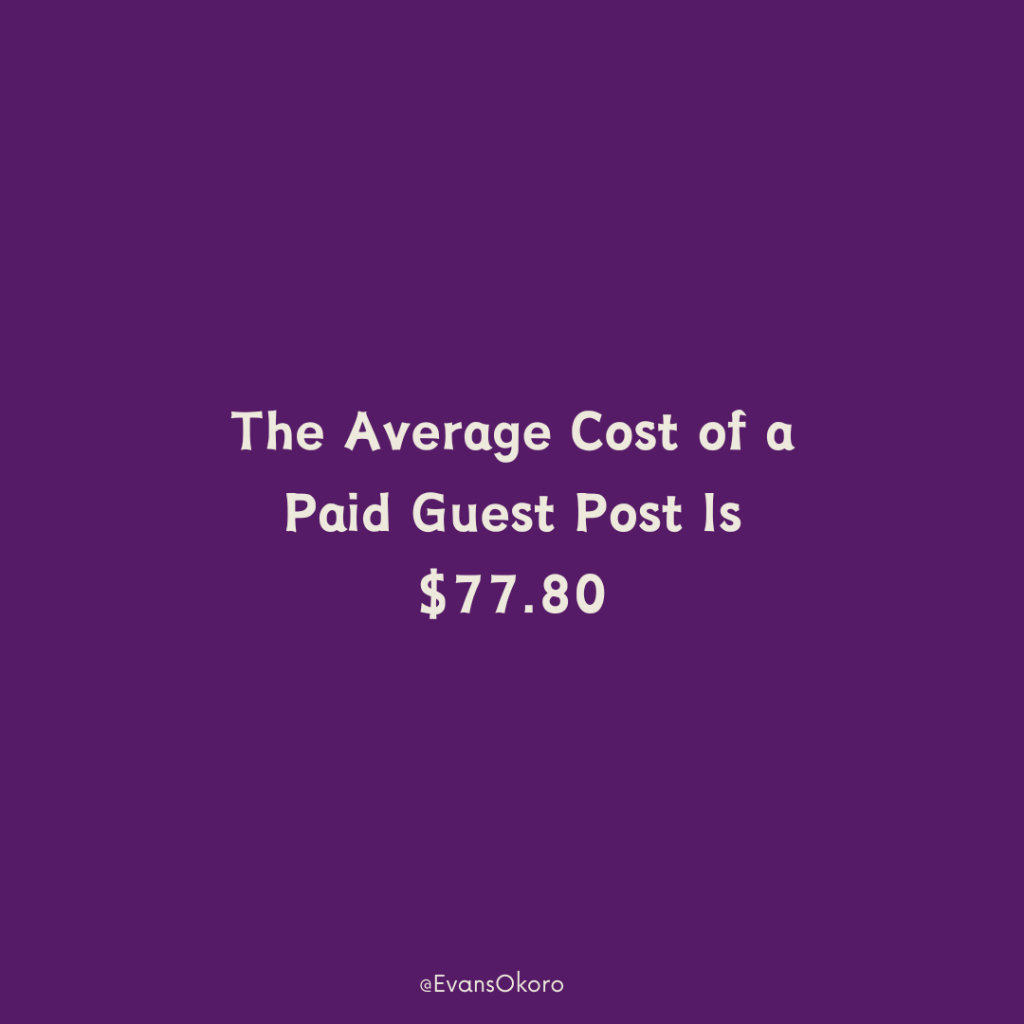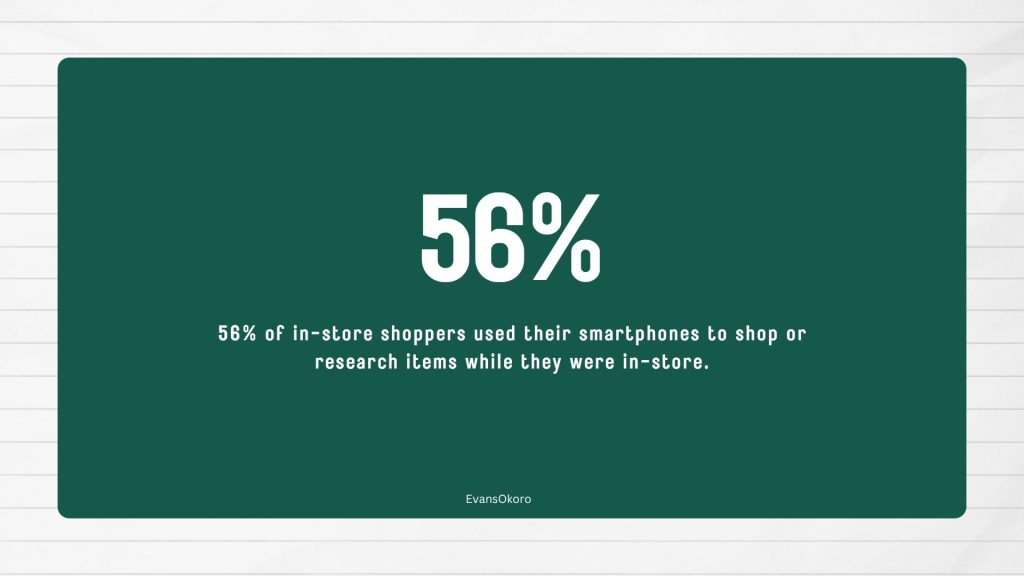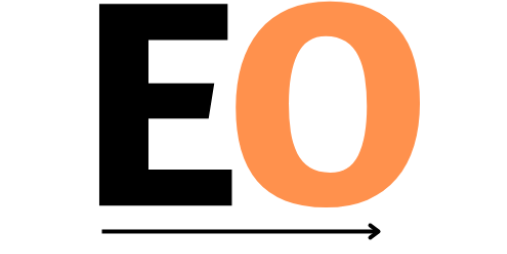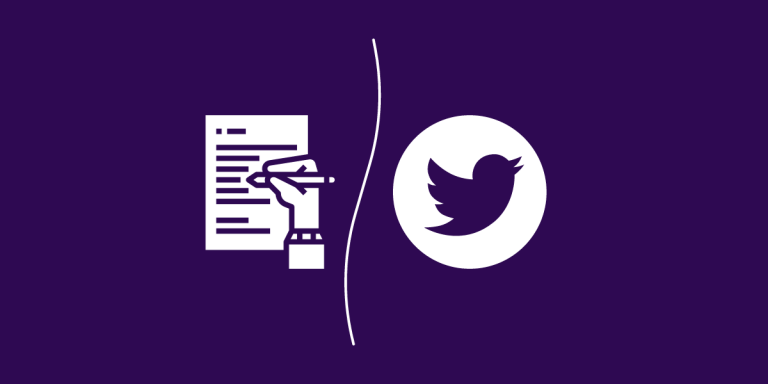200+ SEO Statistics For Marketers in 2024
In the hyper-competitive digital landscape, understanding and harnessing the power of SEO is non-negotiable for any business that wants to thrive online. SEO is not just about ranking higher on search engines; it’s a strategic tool that can skyrocket your visibility, amplify your reach, and significantly enhance your user engagement and conversion rates.
For marketers, SEO strategists, or anyone writing online navigating the current SEO terrain, staying updated with the latest statistics and trends is essential to crafting effective strategies. In this article, we’ll dissect over 200 current SEO statistics for 2024, interpreting what they mean for marketers like you, and how this data can be leveraged to craft an unbeatable SEO game plan.
SEO Statistics for 2024
- Fewer than 1% of searchers navigate to the second page of Google search results (Backlinko, 2023)
- Pages that typically rank well on Google are those with the greatest total number of backlinks (Backlinko, 2020)
- Organic search is the primary source of traffic for all websites (HubSpot, 2022)
- The vast majority of Google searches consist of long-tail keywords (Semrush, 2022)
- Over 70% of shoppers use their phones to buy online (Semrush, 2023)
- Some 36% of Americans own a smart speaker (Edison Research, 2023)
- Some 91% of companies (an all-time high) now use video as a marketing tool (Wyzowl, 2023)
- A staggering 98% of people read online reviews for local businesses (BrightLocal, 2023)
- Approximately 70% of shoppers use the search bar upon visiting an e-commerce website.(Nosto, 2023)
- Around 57% of B2B sellers feel the content their marketing team produces is “generic and unresponsive” (McKinsey, 2022)
- Some 88% of marketers who already invest in SEO plan to allocate more or maintain the same amount in 2023 (HubSpot, 2023)
Voice Search SEO
- After analyzing 10,000 Google Home search results, Brian Dean found that 40.7% of all answers from voice search are pulled from a Featured Snippet (Backlinko)
- HTTPS websites account for 70.4% of voice search result pages (Backlinko)
- Voice search results contain an average of only 29 words (Backlinko)
- Pages using Schema only account for 36.4% of voice search results, versus the global average of 31.3% (Backlinko)
- Websites with strong link authority tend to rank well in voice search (Backlinko)
- The average Google voice search result receives 1,199 Facebook shares and 44 Tweets (Backlinko)
- The average reading level of a voice search result is 9th grade (Backlinko)
- Voice search results typically load in 4.6 seconds, which is 52% faster than the load time of the average page (Backlinko)
- The average page Google voice search result contains 2,312 words (Backlinko)
- Roughly 75% of voice search results are from one of the top 3 desktop ranking pages for a given query (Backlinko)
- Health and beauty, electronics, and household supplies are the top three categories of smart speaker purchases (Comscore, 2021)
- Between August 2019 and August 2021, consumers purchased 8.9 million health and beauty items via smart speakers (Comscore, 2021)
- Around 90% of consumers who use voice search do so with English queries (UpCity, 2022)
Backlink statistics
- 66.31% of pages have no backlinks. (Ahrefs)
- Most top-ranking pages get “followed” backlinks from new websites at a pace of +5%-14.5% per month. (Ahrefs)
- Generally speaking, the more backlinks a page has, the more organic traffic it gets from Google. (Ahrefs)
- The average cost of buying a link is $361.44. (Ahrefs)
- 73.6% of domains have reciprocal links, meaning that some of the sites they link to also link to them. (Ahrefs)
- 43.7% of the top-ranking pages have some reciprocal links. (Ahrefs)
- 66.5% of links to sites in the last nine years are dead. (Ahrefs)
- 10.6% of all backlinks to the top 110,000 sites are nofollow. (Ahrefs)
- 0.44% of links use “rel=ugc” and 0.01% use rel=“sponsored”. (Ahrefs)

Local SEO
- 30% of all mobile searches are related to location. (Think With Google)
- 76% of people who search on their smartphones for something nearby visit a business within a day. (Think With Google)
- 28% of searches for something nearby result in a purchase. (Think With Google)
- Yelp shows up in the top five search outcomes for 92% of Google web searches containing a city and type of business. (Fresh Chalk)
- 54% of individuals using smartphones seek business hours, while 53% look up directions to nearby stores. (Think With Google)
- About 45% of global shoppers buy online and then pick up in-store. (Think With Google)
- “Where to buy” + “near me” mobile queries have grown by over 200% from 2017 to 2019. (Think With Google)
- Mobile searches for “store open near me” (e.g., “grocery store open near me”) have grown by over 250% from 2017 to 2019. (Think With Google)
- Mobile searches for “on sale” + “near me” (e.g., “tires on sale near me”) have grown by over 250% YOY from 2017 to 2019. (Think With Google)
Video SEO statistics
- The number of comments, views, shares, and “likes” have a strong correlation with higher YouTube rankings. (Backlinko)
- 68.2% of first-page YouTube results are HD videos. (Backlinko)
- The average length of a first-page YouTube video is 14 minutes, 50 seconds. (Backlinko)
- An analysis of 1.3 million YouTube Videos found that the number of comments, view count, number of shares, and number of likes had a strong correlated with higher YouTube rankings (Backlinko)
- First page videos on YouTube are an average length of 14 minutes and 50 seconds (Backlinko)
- Videos that bring in new subscribers tend to rank higher on YouTube (Backlinko)
- Posts with videos earn more backlinks and see a 157% boost in search traffic (Search Engine People)
- Contrary to popular belief, there is no correlation between YouTube rankings and video descriptions that have been keyword optimized (Backlinko)
- Some 36% of Americans own a smart speaker (Edison Research, 2023)
- Amazon dominates the smart speaker market in the US (Statista, 2023)
- Half of US consumers use voice search every day (UpCity, 2022)
- The number is higher for US consumers ages 25-34; around 58% of them use voice search every day (UpCity, 2022)
- Queries about the weather and local “near me” searches are the two most popular uses for voice search (UpCity, 2022)
Mobile SEO statistics
- 58.99% of all website traffic worldwide comes from mobile phones. (Statista)
- 72.6% of internet users will access the web solely via their smartphones by 2025. (CNBC)
- There are more searches on mobile than on desktop. (Think With Google)
- 51% of smartphone users have discovered a new company or product when searching for their smartphones. (Think With Google)
- 18% of local searches on smartphones lead to a purchase within a day vs. 7% of non-local searches. (Think With Google)
- On average, ranking in position #1 on mobile gets you 6.74% of the clicks, whereas ranking in position #1 on desktop gets you 8.17% of the clicks. (SEOClarity)
- 56% of in-store shoppers used their smartphones to shop or research items while they were in-store. (Think With Google)

Search engine statistics
- 12.29% of search queries have featured snippets in their search results. (Ahrefs)
- The #1 result in Google’s organic search results has an average CTR of 27.6%. (Backlinko)
- The top three Google search results get 54.4% of all clicks. (Backlinko)
- There are an estimated 3.5 billion searches on Google each day. (Internet Live Stats)
- 39% of purchasers are influenced by a relevant search. (Think With Google)
- 61.5% of desktop searches and 34.4% of mobile searches result in no-clicks. (SparkToro)
- Google accounts for around 83% of the global search market. (Statista)
Keyword statistics
- 94.74% of keywords get 10 monthly searches or fewer. (Ahrefs)
- 0.0008% of keywords get more than 100,000 monthly searches. (Ahrefs)
- Around 8% of search queries are phrased as questions. (Moz)
- 15% of all Google searches have never been searched before. (Google)
- 91.45% of search volumes in Google Ads Keyword Planner are overestimates. (Ahrefs)
- Google Ads Keyword Planner overestimates search volumes 54.28% of the time and is roughly accurate 45.22% of the time. (Ahrefs)
- 46.08% of clicks in Google Search Console go to hidden terms. (Ahrefs)
E-commerce SEO Statistics
- Almost 70% of consumers head to the search bar when they land on an online retailer’s site (Nosto, 2023)
- The ecommerce industry saw 10 years of growth within three months during the pandemic (McKinsey, 2020)
- Amazon.com is the most-visited ecommerce site in the US (Semrush, 2023)
- Mangakakalot.com is the most-visited ecommerce site in the world (Semrush, 2023)
- The number of keywords has risen for transactional and commercial searches but dropped for navigational and informational (Semrush, 2023)
- On average, top ecommerce sites ranked for 20% more keywords per page in 2022 than they did in 2021 (BrightEdge, 2022)
- About 33% of overall traffic to ecommerce sites comes from organic search (Wolfgang Digital, 2020)
- Around half of shoppers say they research potential purchases using Google before buying online (Google, 2019)
- In a Google survey, 59% of shoppers said they used Google to research in-store and digital purchases (Google, 2019)
Over 50% of consumers say they find new brands using Google
B2B Marketing Statistics
- B2B companies generate double the revenue from organic search than any other channel (BrightEdge, 2019)
- B2B buyers spend the highest percentage of their buying journey (27%) researching online independently (Gartner, 2019)
- SEO is the third most-implemented marketing tactic for B2B businesses after social media and email marketing (Sagefrog, 2022)
- Website traffic is the top metric B2B marketers use to track content performance (CMI, 2023)
- Eight out of 10 B2B buyers prefer to be the ones to initiate contact with vendors (Google, 2022)
- Around 94% of B2B buyers are “somewhat” or” fully informed” about what they’re going to purchase before reaching out to sales reps (Google, 2022)
- Some 81% of B2B buyers prefer watching videos over reading content when learning how to use a product or service (Brightcove, 2022)
- Around 57% of B2B sellers feel the content their marketing team produces is “generic and unresponsive” (McKinsey, 2022)
- You can see a 5-10% increase in B2B revenue from increasing the relevance and engagement of your content (McKinsey, 2022)
SEO ROI Statistics
- 93% of online experiences begin with a search engine
- SEO has a 14.6% conversion rate compared to traditional outbound methods (1.7%)
- 57% of B2B marketers stated that SEO generates more leads than any other marketing initiative
- 60% of marketers say that inbound marketing (SEO, blog content, etc.) is their highest quality source of leads
- The top 3 organic search results receive 75.1% of all clicks
- The average click-through rate for the first position on SERP is 34.36%
- SEO leads have a 14.6% close rate, while outbound leads have a 1.7% close rate
- Organic search results are 5.66x more likely to be clicked on than paid search results
- Small businesses that invest in SEO see an average of 30% more website traffic within four months
- Google search traffic has a $40 average value per click
- 61% of marketers say improving SEO and organic presence is their top inbound marketing priority
- 70-80% of users ignore paid search (ads) in favour of organic search results
- For every $1 spent on Google Ads, businesses make an average of $2 in revenue
- Businesses see an average 2.8% increase in revenue from investing in SEO
- Marketers with mature SEO programs are 2x as likely to report a revenue lift between 10% and 20%
The average ROI for e-commerce SEO is between 700% and 900%
Why are SEO Statistics Important?
SEO statistics provide marketers with a data-driven understanding of user behaviours, search engine algorithms, and emerging trends. By leveraging SEO statistics (and leveraging the right SEO software…of course), businesses can refine their online presence, enhance visibility, and optimize content to resonate with their target audience.
These insights are not only essential for staying ahead of the competition but also for making informed decisions that drive organic traffic, improve search rankings, and ultimately contribute to the overall success of digital marketing efforts. In a dynamic and competitive online environment, staying informed through SEO statistics is the key to crafting strategies that align with current industry dynamics and user preferences.







